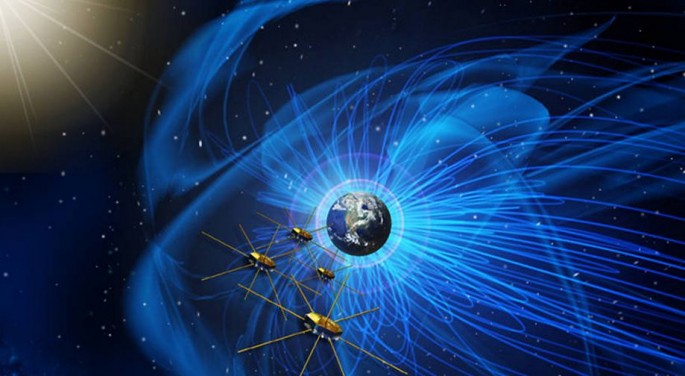Four NASA satellites to be launched on the evening of March 12 will probe the weak spot of the magnetic field or magnetosphere that protects the Earth from the Sun's deadly solar flares.
The US$1.1 billion mission called Magnetospheric Multiscale or MMS consists of four identical octagonal spacecraft, each weighing as much as a small car that will study a process called "magnetic reconnection".
This is the explosive phenomenon that can send powerful bursts of particles hurtling towards the Earth, potentially damaging satellites and terrestrial power grids, said Space.com. It's not that well understood, hence the MMS mission.
Magnetic reconnection, however, is also responsible for the auroras, or the northern and southern lights, near Earth's poles.
MMS is the only dedicated instrument studying magnetic reconnection, and scientists say it could finally reveal how this phenomenon occurs. The mission will place four satellites in the path of the magnetic reconnection events taking place in the Earth's magnetosphere.
"The first step is to figure out what the heck is going on," said John Dorelli, a space scientist at NASA's Goddard Space Flight Center.
The magnetosphere deflects high-speed particles emitted by the Sun. But the unending torrent of particles from a solar flare can weaken the outer layers of the magnetosphere.
"Right where the solar wind meets the magnetosphere, that boundary, you have a weak point in the magnetic field," Dorelli said.
During the two-year mission, the MMS spacecraft will fly in a pyramid formation that will let them obtain three-dimensional pictures of the magnetic fields and plasma. The data from the spacecraft will help scientists better predict the timing and effects of solar storms.



























